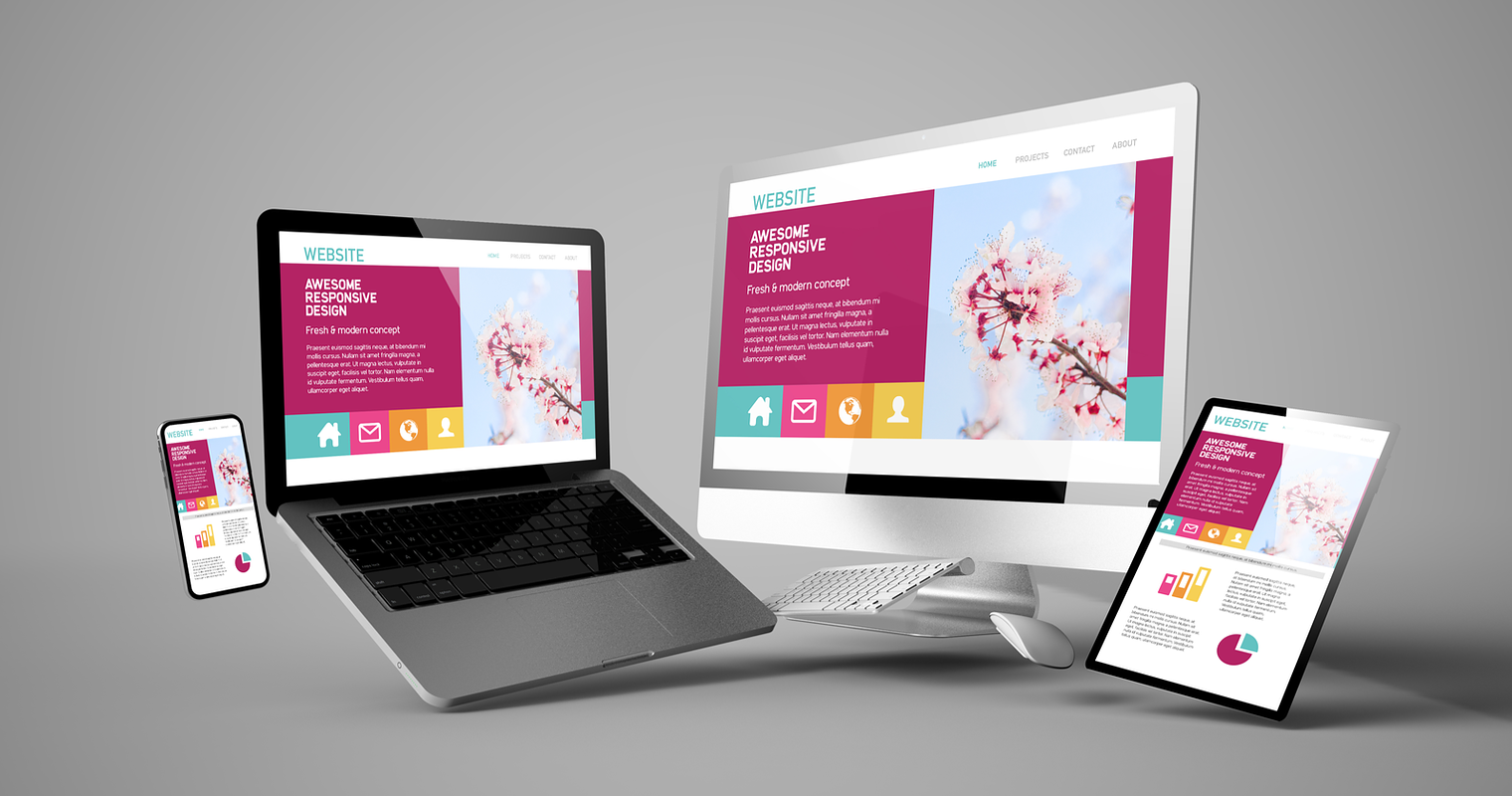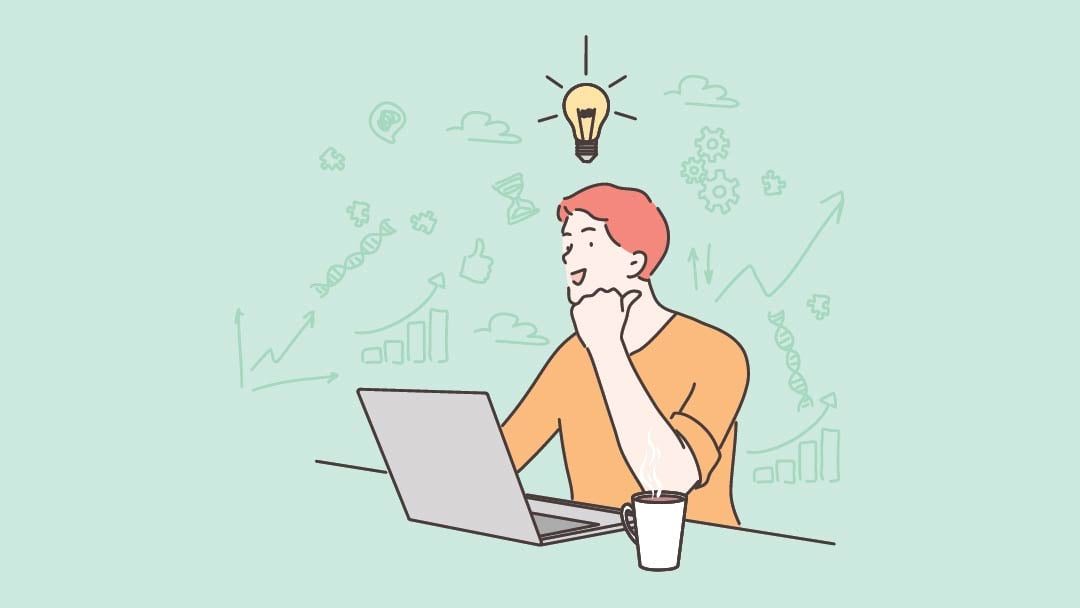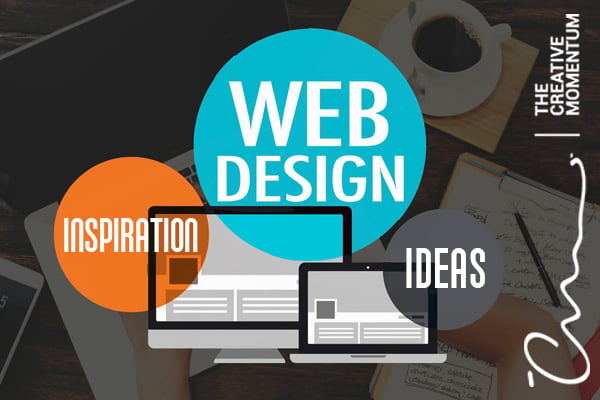All Categories
Featured
Table of Contents
- – Web Design Courses & Tutorials - Codecademy Ti...
- – Siteinspire - Web Design Inspiration Tips and...
- – Html Responsive Web Design - W3schools Tips a...
- – Top 30 Web Design Companies - Apr 2022 - Desi...
- – Web Design - Website Design Tutorials, Articl...
- – Web Design Services By Freelance Website Desi...
- – Web Design - Linkedin Learning, Formerly Lyn...
- – Web Design - Uci Division Of Continuing Educ...
- – Web Design Museum 1991 – 2006 Tips and Tricks:
- – Web Design And Development - Invision Tips a...
- – Top Web Design Courses Online - Updated [Apr...
Web Design Courses & Tutorials - Codecademy Tips and Tricks:
Quick summary Use and the utility, not the visual design, identify the success or failure of a site. Since the visitor of the page is the only individual who clicks the mouse and for that reason chooses everything, user-centric design has established as a basic method for successful and profit-oriented website design - web design frederick md.
and the energy, not the visual style, identify the success or failure of a website. Given that the visitor of the page is the only person who clicks the mouse and therefore decides whatever, user-centric style has actually ended up being a standard technique for successful and profit-oriented website design. After all, if users can't utilize a feature, it may as well not exist.
g. where the search box should be put) as it has actually currently been done in a number of short articles; instead we concentrate on the techniques which, utilized properly, can lead to more sophisticated design decisions and streamline the procedure of perceiving presented details. Please discover that you might be interested in the usability-related posts we've released prior to: Principles Of Great Site Design And Efficient Website Design Standards, In order to utilize the concepts properly we first require to understand how users connect with sites, how they believe and what are the standard patterns of users' habits.
Siteinspire - Web Design Inspiration Tips and Tricks:
Visitors glance at each new page, scan some of the text, and click the very first link that captures their interest or vaguely looks like the important things they're trying to find. In fact, there are big parts of the page they don't even take a look at. The majority of users browse for something intriguing (or useful) and clickable; as quickly as some appealing prospects are found, users click.
If a page offers users with high-quality material, they want to jeopardize the content with ads and the design of the site. This is the reason not-that-well-designed websites with high-quality material gain a great deal of traffic over years. Material is more vital than the design which supports it.

Users don't check out, they scan. Notification how "hot" areas abrupt in the middle of sentences. This is normal for the scanning process. Really easy principle: If a site isn't able to satisfy users' expectations, then designer failed to get his job done appropriately and the business loses cash. The greater is the cognitive load and the less user-friendly is the navigation, the more willing are users to leave the website and search for options.
Html Responsive Web Design - W3schools Tips and Tricks:
Neither do they scan webpage in a linear style, going sequentially from one website section to another one. Instead users satisfice; they select the first sensible alternative. As quickly as they find a link that seems like it may lead to the objective, there is a really great opportunity that it will be immediately clicked.
It does not matter to us if we understand how things work, as long as we can use them. If your audience is going to imitate you're designing signboard, then style fantastic billboards." Users wish to have the ability to manage their internet browser and depend on the consistent data discussion throughout the site.
If the navigation and website architecture aren't instinctive, the variety of question marks grows and makes it harder for users to comprehend how the system works and how to obtain from point A to point B. A clear structure, moderate visual hints and easily identifiable links can assist users to find their path to their objective.
Top 30 Web Design Companies - Apr 2022 - Designrush Tips and Tricks:

claims to be "beyond channels, beyond products, beyond circulation". What does it indicate? Because users tend to check out sites according to the "F"-pattern, these three statements would be the first components users will see on the page once it is loaded. Although the style itself is simple and intuitive, to comprehend what the page has to do with the user requires to search for the answer.
As soon as you have actually achieved this, you can communicate why the system works and how users can gain from it. Individuals won't utilize your website if they can't find their way around it. 2. Do Not Squander Users' Perseverance, In every project when you are going to use your visitors some service or tool, attempt to keep your user requirements very little.
Novice visitors are ready to, not filling long web kinds for an account they might never ever utilize in the future. Let users explore the site and discover your services without forcing them into sharing private information. It's not affordable to force users to get in an e-mail address to test the function.
Web Design - Website Design Tutorials, Articles And Free Stuff Tips and Tricks:
Stikkit is a best example for an easy to use service which needs nearly nothing from the visitor which is inconspicuous and reassuring. Which's what you want your users to feel on your website. Apparently, Termite needs more. Nevertheless the registration can be done in less than 30 seconds as the form has horizontal orientation, the user doesn't even require to scroll the page.
A user registration alone suffices of an obstacle to user navigation to cut down on inbound traffic. 3. Manage To Focus Users' Attention, As sites offer both static and vibrant content, some elements of the user interface draw in attention more than others do. Certainly, images are more captivating than the text just as the sentences marked as vibrant are more appealing than plain text.
Focusing users' attention to specific areas of the site with a moderate use of visual components can assist your visitors to receive from point A to point B without thinking of how it really is expected to be done. The less enigma visitors have, the they have and the more trust they can develop towards the business the website represents.
Web Design Services By Freelance Website Designers - Fiverr Tips and Tricks:
Make Every Effort For Function Exposure, Modern web designs are usually criticized due to their approach of directing users with aesthetically appealing 1-2-3-done-steps, large buttons with visual effects etc. From the style point of view these elements really aren't a bad thing.
The site has 9 primary navigation options which are visible at the very first glimpse. What matters is that the material is well-understood and visitors feel comfortable with the way they connect with the system.
Rather a price: just what visitors are looking for. An ideal option for reliable writing is touse short and succinct phrases (come to the point as quickly as possible), use scannable layout (classify the content, use multiple heading levels, use visual elements and bulleted lists which break the circulation of consistent text blocks), use plain and objective language (a promotion does not need to sound like advertisement; provide your users some sensible and unbiased factor why they ought to utilize your service or remain on your website)6.
Web Design - Linkedin Learning, Formerly Lynda.com Tips and Tricks:
Users are hardly ever on a site to take pleasure in the design; furthermore, in many cases they are trying to find the info despite the style - web design frederick md. Pursue simplicity rather of intricacy. From the visitors' point of view, the very best site style is a pure text, with no ads or additional material obstructs matching exactly the inquiry visitors utilized or the material they've been searching for.
Finch plainly presents the info about the website and provides visitors a choice of options without overcrowding them with unnecessary content. 7. Don't Be Scared Of The White Area, Really it's truly difficult to overstate the importance of white space. Not only does it help to for the visitors, but it makes it possible to perceive the info presented on the screen.
Complex structures are harder to read, scan, examine and work with. If you have the option in between separating two style segments by a visible line or by some whitespace, it's typically better to use the whitespace service. (Simon's Law): the better you handle to supply users with a sense of visual hierarchy, the easier your content will be to perceive.
Web Design - Uci Division Of Continuing Education Tips and Tricks:
The same conventions and guidelines need to be used to all elements.: do the most with the least amount of cues and visual components. Clarity: all components need to be created so their meaning is not unclear.
Conventions Are Our Buddies, Conventional style of website components doesn't result in an uninteresting web site. It would be an usability nightmare if all sites had different visual discussion of RSS-feeds.
comprehend what they're getting out of a website navigation, text structure, search positioning etc. A normal example from functionality sessions is to equate the page in Japanese (presuming your web users do not know Japanese, e. g. with Babelfish) and offer your functionality testers with a task to discover something in the page of various language.
Web Design Museum 1991 – 2006 Tips and Tricks:
Steve Krug suggests that it's better to, but take benefits of conventions when you do not. 10. Test Early, Test Frequently, This so-called TETO-principle needs to be applied to every web style task as functionality tests typically provide into substantial problems and issues associated with a given layout. Test not far too late, not too little and not for the incorrect reasons.
Some crucial indicate remember: according to Steve Krug, and testing one user early in the task is much better than testing 50 near the end. Accoring to Boehm's first law, mistakes are most frequent throughout requirements and style activities and are the more expensive the later on they are removed.
That means that you develop something, test it, repair it and then test it once again. There may be issues which have not been found during the first round as users were almost blocked by other issues. functionality tests. Either you'll be indicated the issues you have or you'll be pointed to the absence of significant design defects which is in both cases an useful insight for your task.
Web Design And Development - Invision Tips and Tricks:

This holds for designers too. After you have actually dealt with a site for couple of weeks, you can't observe it from a fresh point of view anymore. You understand how it is constructed and therefore you understand exactly how it works you have the knowledge independent testers and visitors of your site wouldn't have.
It can be connected to other locations such as graphic style, user experience, and multimedia arts, however is more aptly seen from a technological standpoint. It has ended up being a big part of people's daily lives. It is tough to picture the Web without animated graphics, different styles of typography, background, videos and music.

Throughout 1991 to 1993 the Web was born. Text-only pages could be seen utilizing an easy line-mode web browser. In 1993 Marc Andreessen and Eric Bina, developed the Mosaic internet browser. At the time there were multiple browsers, nevertheless most of them were Unix-based and naturally text heavy. There had actually been no integrated technique to graphic style elements such as images or sounds.
Top Web Design Courses Online - Updated [April 2022] - Udemy Tips and Tricks:
The W3C was produced in October 1994 to "lead the Internet to its full potential by establishing common procedures that promote its evolution and ensure its interoperability." This discouraged any one company from monopolizing a propriety internet browser and programs language, which might have modified the effect of the World Wide Web as a whole.
As this has actually happened the technology of the web has actually likewise carried on. There have likewise been considerable modifications in the way people use and access the web, and this has changed how websites are created. Because the end of the internet browsers wars [] brand-new internet browsers have actually been launched. A lot of these are open source suggesting that they tend to have quicker advancement and are more supportive of brand-new requirements.
Learn more about Lovell Media Group LLC or TrainACETable of Contents
- – Web Design Courses & Tutorials - Codecademy Ti...
- – Siteinspire - Web Design Inspiration Tips and...
- – Html Responsive Web Design - W3schools Tips a...
- – Top 30 Web Design Companies - Apr 2022 - Desi...
- – Web Design - Website Design Tutorials, Articl...
- – Web Design Services By Freelance Website Desi...
- – Web Design - Linkedin Learning, Formerly Lyn...
- – Web Design - Uci Division Of Continuing Educ...
- – Web Design Museum 1991 – 2006 Tips and Tricks:
- – Web Design And Development - Invision Tips a...
- – Top Web Design Courses Online - Updated [Apr...
Latest Posts
Google Web Designer - Home Tips and Tricks:
Web Developers And Digital Designers - Bureau Of Labor ... Tips and Tricks:
Top Web Design Agencies Ranked - 2022 Reviews - Clutch.co Tips and Tricks:
More
Latest Posts
Google Web Designer - Home Tips and Tricks:
Web Developers And Digital Designers - Bureau Of Labor ... Tips and Tricks:
Top Web Design Agencies Ranked - 2022 Reviews - Clutch.co Tips and Tricks: